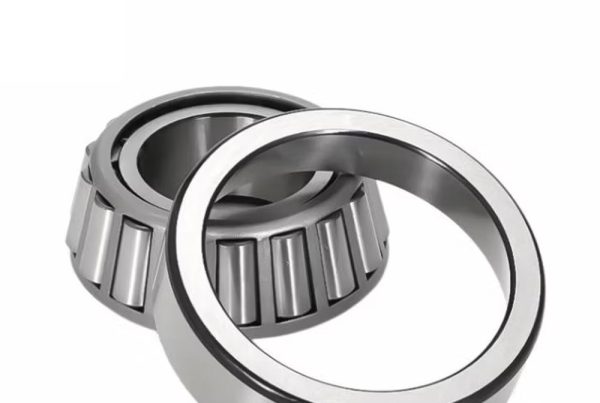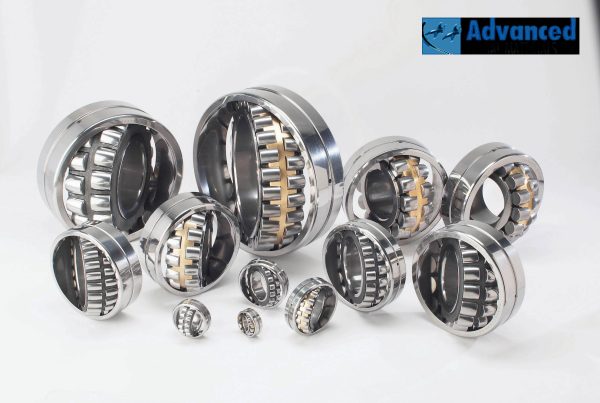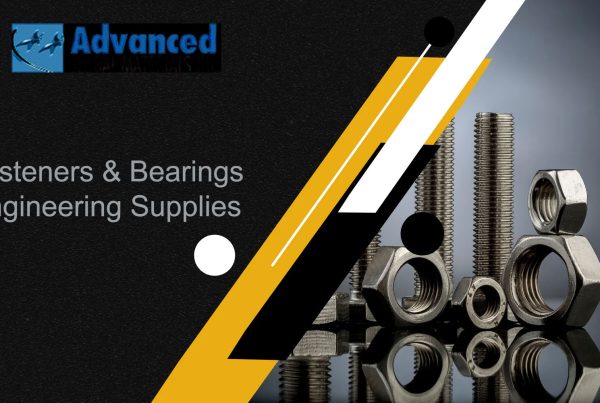In the world of manufacturing, the smallest mechanisms often play the most critical roles. Two such vital basics are fasteners and behaviors. These apparently simple parts are important to the functionality, dependability, and longevity of countless machines and constructions, from towering towers to intricate medical devices. This post explores the meaning of fasteners and bearings, highlighting their diverse applications and the manufacturing thoughts behind their selection.
Fasteners: The Unsung Heroes of Assembly
Fasteners are machine-driven devices used to join two or more objects composed. They come in a vast array of types, each intended for specific applications and load supplies. Some common groups include:
- Bolts and Nuts: These threaded fasteners offer strong, refillable influences. Bolts are inserted finished holes in the joined resources and secured with a nut. Changed head types (hex, square, countersunk) and thread forms (metric, imperial) cater to numerous needs.
- Screws: Similar to bolts, screws are also negotiated but typically engage directly with the material being joined, making their own thread. They are usually used in wood, metal, and plastic requests.
- Rivets: These permanent fasteners create a strong, tamper-proof joint. They are introduced finished pre-drilled holes and then distorted to create a head on the conflicting side. Rivets are widely used in atmosphere and building.
- Adhesives: While not strictly powered, adhesives play a crucial role in modern closure. They offer a uniform stress delivery and can join dissimilar materials, but their strength and durability depend on careful surface training and glue collection.
Choosing the right fastener involves considering several factors:
- Load Requirements: The fastening must be able to endure the predictable tensile, shear, and exhaustion loads.
- Material Compatibility: The fastener material should be likeminded with the supplies being combined to prevent weathering or electric responses.
- Environmental Conditions: Factors like infection, moisture, and contact to substances can affect fastener presentation.
- Ease of Assembly and Disassembly: Some requests require frequent dismantling, which inspirations fastener selection.
Bearings: Enabling Smooth Rotation and Linear Motion
Manners are mechanical components that decrease friction between touching parts, permitting for smooth rotation or linear motion. They are indispensable in everything from electric motors and gearboxes to automobiles and manufacturing equipment. Two primary types of behaviors are:
- Rolling-Element Bearings: These manners use balls or rollers amongst the moving surfaces to reduce resistance. They offer high load volume and are widely used in various requests. Subtypes include ball bearings, roller manners, and needle behaviors.
- Plain Bearings (Sleeve Bearings): These bearings consist of a smooth cylindrical surface (the bearing) that slides against additional surface (the shaft). They are simpler and less expensive than rolling-element attitudes but usually have lower load capacities and higher friction.
The Interplay of Fasteners and Bearings
Fasteners and bearings often work in tandem. For sample, bolts and bolts are used to safe bearing housings to equipment frames. The correct assortment and connection of both mechanisms are crucial for safeguarding the overall presentation and reliability of the organization.
Conclusion
Fasteners and bearings are fundamental building blocks of modern engineering. Their proper selection and application are critical for ensuring the functionality, reliability, and safety of countless products and structures. Engineers must carefully consider the various factors discussed above to choose the right components for each specific application, ensuring that things stay together and move smoothly. By understanding the importance of these seemingly small parts, we can appreciate their significant contribution to the world around us.




